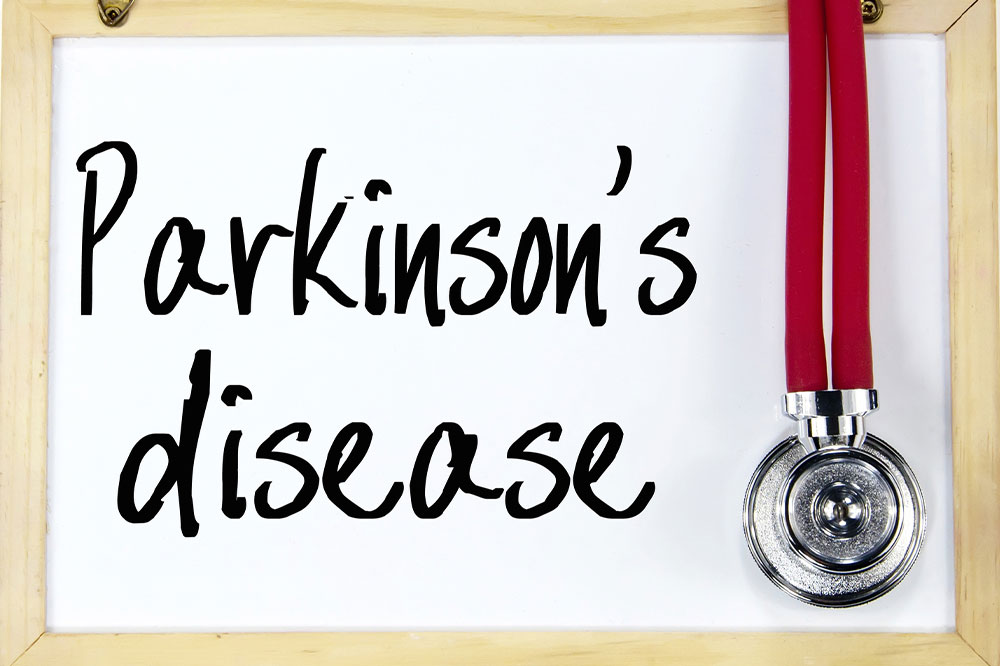
Parkinson’s disease – symptoms, diagnosis, and treatment
A neurodegenerative disorder, Parkinson’s disease affects the specific dopamine-producing neurons in the brain called substantia nigra, leading to difficulty in movements. More than 10 million people around the world are living with Parkinson’s disease. Since the exact cause of this disorder is unknown, it is important to educate people so that they can identify the signs early on and learn to live with the condition. Read to know more about the condition.
Early symptoms of Parkinson’s disease
Living with Parkinson’s is never the same for two people, nor are the symptoms. Dopamine in the brain is first impaired by Parkinson’s disease, and with its progression, the brain stops producing significant amounts of this chemical messenger, resulting in issues related to movements. However, there may be both movement and non-movement symptoms associated with Parkinson’s disease.
Below are some of the warning signs commonly observed in the initial stages of Parkinson’s disease.
- Tremors
- Changes in handwriting
- Loss of smell
- Sleep issues
- Difficulty while walking
- Changes in voice
- Dizziness
Loss of norepinephrine, a chemical messenger of the nervous system, is also common in people affected by Parkinson’s disease. This leads to irregular or a sudden drop in blood pressure and impaired movement of food through the digestive system.
Diagnosis
Symptoms of Parkinson’s disease differ in people, and sometimes, these may also be caused by other diseases that have similar symptoms. There is also no ‘one’ particular way to diagnose this disease, and hence a combination of multiple tests and symptoms is necessary to identify it.
Most often, it also gets difficult to confirm the disease with the early symptoms. But an expert practitioner or your regular physician may be able to diagnose the disease first, after which a neurologist may have to be approached for further analysis.
Previous medical history and a neurological examination are the main factors considered for the diagnosis of Parkinson’s disease.
Apart from that, the doctor may also initiate several tests such as blood and lab tests to rule out the possibility of Parkinson’s disease.
Living with Parkinson’s disease
Living with Parkinson’s disease can be quite challenging. People can be in shock, denial, and disbelief, especially in the initial stages of the disease.
Being in denial is often used as a coping mechanism where the patient continues their normal life, ignoring the symptoms and diagnosis. This is usually an unhealthy response that also includes rejecting the doctor’s advice on treatment.
The next phase is usually where people search for explanations and are bothered by the cause of their condition.
Sooner or later, they often find themselves becoming slow in their activities and have difficulty in movement. They will also experience increased stress, anxiety, and frustration due to disruption in daily activities that could worsen the condition.
Change is the final stage where people usually tend to accept their condition and change their lifestyle to manage Parkinson’s disease. This includes a better understanding of the condition, maintaining good communication, organizing daily tasks, and seeking help from both family and health professionals in order to adjust to changes in the body.
Treatment
The treatment of Parkinson’s disease mainly depends on the symptoms that are observed during diagnosis. However, there is no standard treatment procedure yet for people diagnosed with this condition.
Drugs that contribute to the production of dopamine and other chemical messengers in the brain are often prescribed for this condition. This may also include drugs that help keep the non-motor symptoms in check.
Other drugs such as dopamine agonists that imitate the function of dopamine, MAO-B inhibitors that control the enzymes that impair dopamine, and others are also frequently prescribed for Parkinson’s disease.
For people who don’t respond well to treatment, doctors may also suggest deep brain stimulation (DBS). It is a procedure that involves surgery where electrodes are implanted in the brain and connected to a device placed in the chest. The surgery helps to keep the movement-related symptoms of Parkinson’s disease under control.
Different types of therapies are also part of the treatment plan, depending on the disruption caused by the disease.
Diagnosis and living with Parkinson’s disease can be quite unsettling for many people. But a careful understanding of the treatment plan provided by the health professionals will help you to adjust to the new lifestyle and may also reduce the chances of further complications.




